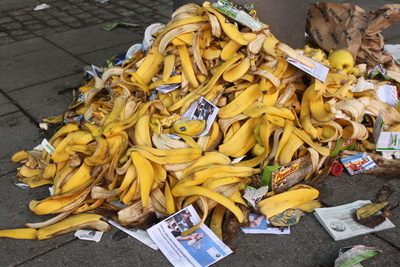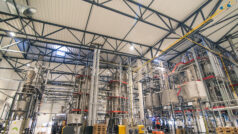According to the report food waste can be defined as any food substance, in a raw or cooked state, discarded for further use. Reducing the production level of food waste is a growing concern across the globe. Subsequently, these concerns proliferate the need for food recycling machines. Typically, food recycling machines work on a special automatic control system that decomposes food waste by utilizing high temperatures in addition to microorganisms that facilitate the decomposition of food waste through a recycling process. Food recycling machines reduce the weight and volume of food waste and scraps by 80 to 90 percent to try and make the final product fit for use as an organic fertilizer or manure, which can be used to improve soil fertility and support growth of vegetation, Fact.MR says.
Furthermore, according to government data, food waste accounted for a significant share in terms of all municipal solid waste in the recent years. Moreover, reducing food waste can also create a significant impact on tackling climate change. An astonishing level of global greenhouse gas emission is generated due to food waste. Over the last decade, various federal governments have taken several initiatives to recover more food and alter it into valuable products using food recycling machines. Adoption of food recycling machines helps reduce the bad odor associated with food waste, minimize disposal costs and curb CO2 emissions. Consequently, this study gages the trends and factors impacting the global food recycling machines market.
Global Food Recycling Machines Market: Dynamics
According to the report one of the cited factors impeding the food recycling machines market is overcoming the consensus that segregating food waste is extra work and nuisance. Through technical assistance and outreach, utilization of food recycling machines can be increased across the world. Moreover, municipalities are taking steps to launch new technologies and services pertaining to food waste collection and recycling. Further, the launch of legislations and regulations around food waste is set to augment the sales of food recycling machines in the coming period. One of the foremost setbacks associated with the food recycling machines market includes a low rate of adoption for this particular food recycling machine technology. The complexity of food production and consumption, lack of consumer awareness and a lack of robust infrastructure are among the key barriers to effective food waste management and thus, affect the global food recycling machines market.










